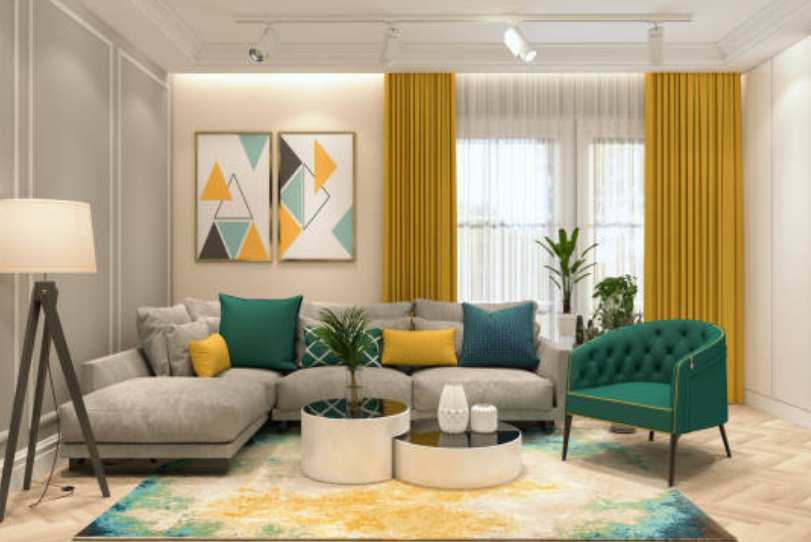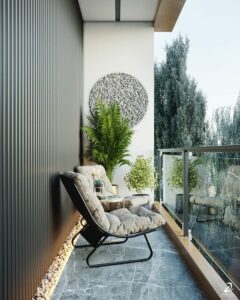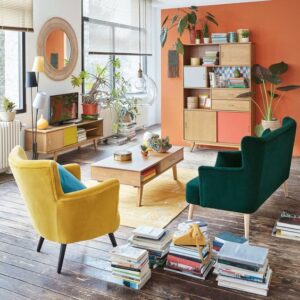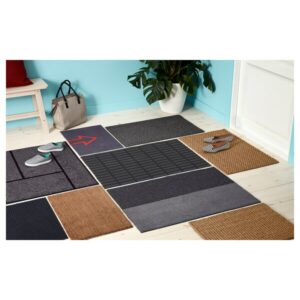One of life’s greatest pleasures might be relocating, but it can also be a time of uncertainty, particularly when it comes to your home interior. How can you design your area to appear its best and express your unique sense of style? If you do it right, your house will be nice and joyful. If you do it incorrectly, you’ll have a jumble of furniture, fabrics, and paint colors that never come together into a whole visually appealing vibe. You’ll have a lot more success if you plan ahead and take the same actions that experienced interior designers do.
Seven Interesting DIY Home Decor Tips
Don’t Begin Furniture Shopping
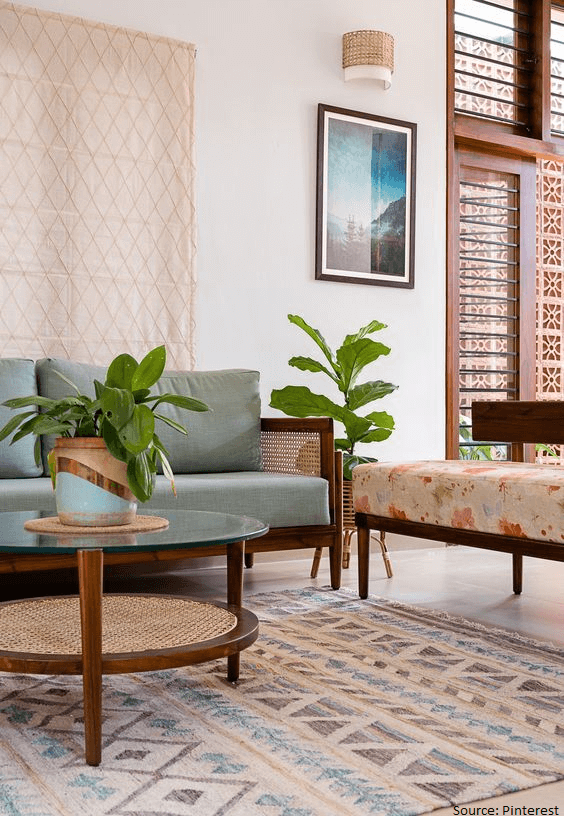
It’s common knowledge that it’s best to avoid grocery shopping when you’re hungry since you’ll make bad decisions. The same rule applies to furniture shops: don’t rush out to buy something just because your house is empty. You do require a sofa. But if you choose the pink-striped sectional purely out of aesthetic preference and without considering the size of the space, you’re stuck with it. The remaining area will need to be created around that sofa, so if it’s too big, it will always look out of place.
There should be at least one Mirror in each Room

Mirrors can increase the perception of brightness in a room by reflecting light. However, not placing one at the right spot might be almost as awful as leaving one out altogether.
Instead across from windows, place mirrors on walls that are perpendicular to them. The light can be reflected back out of a window by hanging a mirror exactly across from it.
Light Up your Rooms in Layers Lighting
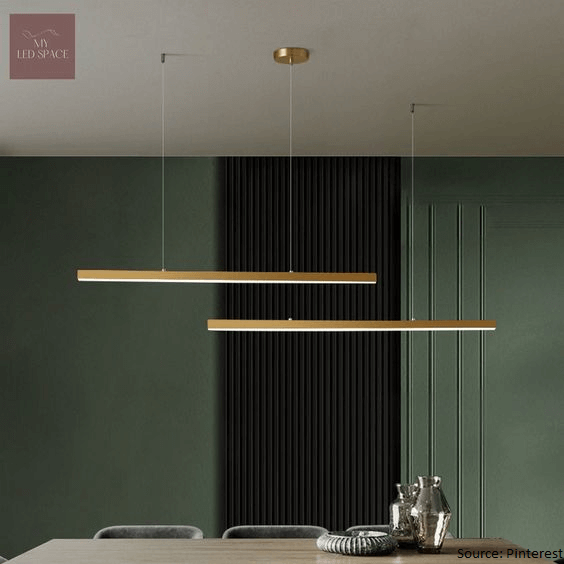
There should be three different types of lighting in every space: ambient, which provides general illumination and is frequently provided by ceiling fixtures; task, which is frequently found over a kitchen island or a reading corner; and accent, which is more aesthetically pleasing and highlights items like artwork.
You need at least 3 watts (42 lumens) per square foot of lighting in a living area. A canister uplight or torchiere placed in the corner will create a glow on the ceiling, expanding the appearance of the space.
Light and Neutral Hues for the Walls
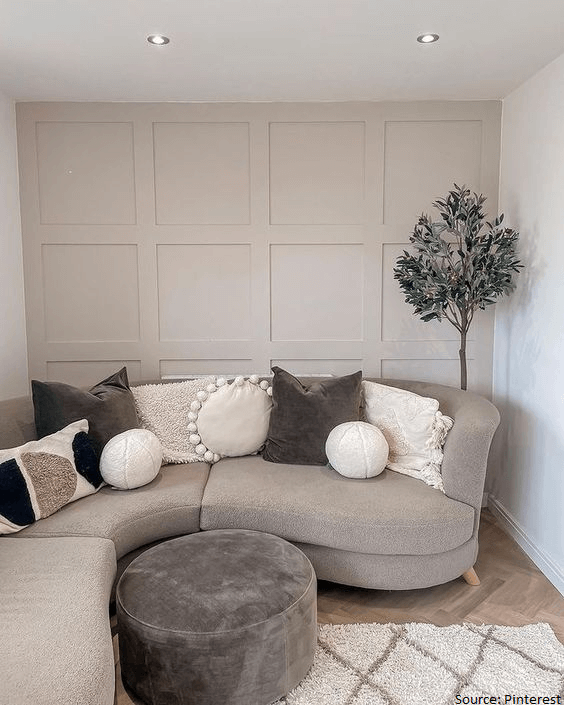
In the first room, where flow is essential, stick to neutral hues like beige or grey. Smooth transitions are preferred over abrupt ones. The most decorative flexibility is provided by neutral walls, which make it simple to change up your accessories.
Additionally, painting adjacent tiny rooms the same neutral shade makes them appear bigger. For a slight change from room to room, look at a paint strip and adjust the colour one or two shades up or down.
Scale a Piece of Art for your Wall
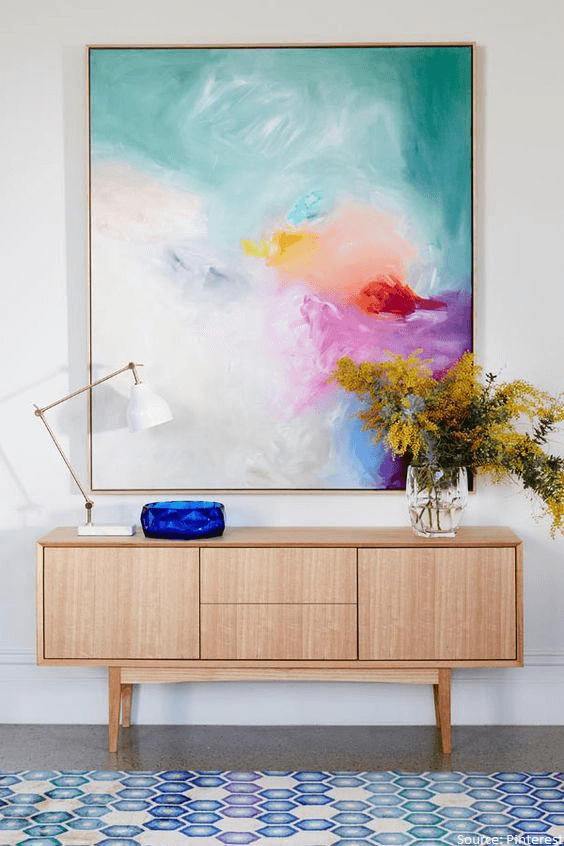
One of the few things that appears more ridiculous is hanging tiny artworks too high on the wall. A photograph should hang at eye level in the centre. Average the heights of the two people if one is small and the other tall.
Don’t forget to consider scale; if you have a vast wall, go big with one oversized piece or group smaller pieces gallery-style. Avoid placing the images too far apart; 2 to 4 inches between each item typically looks the best.
Place Anchor Rugs Under the Furniture

For an area rug, stick by these basic guidelines: The rug should describe the seating area in a living room interior by accommodating all four of the sofas and chairs’ legs. The sofa and chairs should at the very least have their front two legs resting on it.
Even moderately sized living rooms often need an 8 by 10 or a 9 by 12 foot rug to appropriately accommodate a seating area. If the rug size is too small, everything will appear out of proportion.
Raise the Ceiling by using Visual Tricks
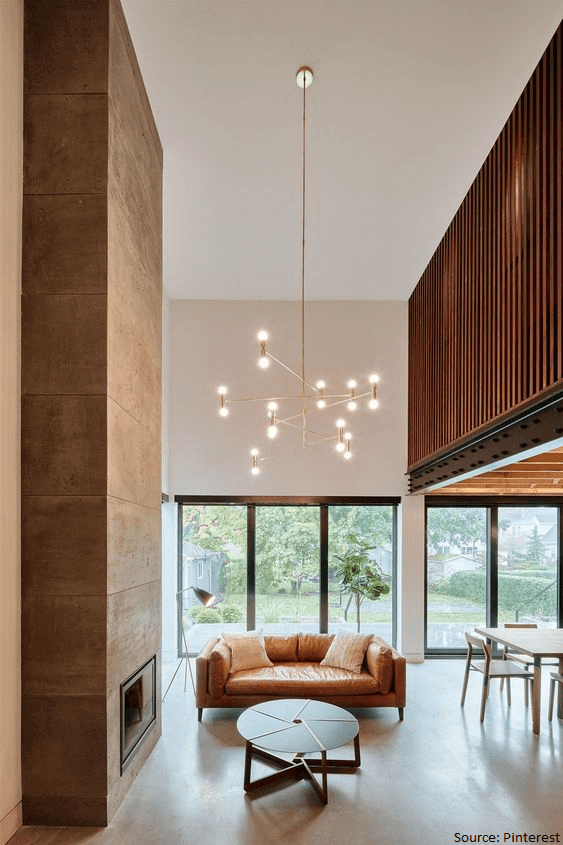
If your ceilings are on the low side, consider painting them white to open up the space. To give the impression that the room is taller, hang the drapes higher than the windows. The majority of common curtain panels are 84 or 96 inches long, which allows you to extend them about 3 inches over window casings before they become unwieldy.
You’ll need to order custom curtains if you wish to hang them higher. A fan of patterned walls? Try vertical stripes; the lines will make your walls appear longer. Another way to make a space appear taller is to lean a big mirror against a wall.

